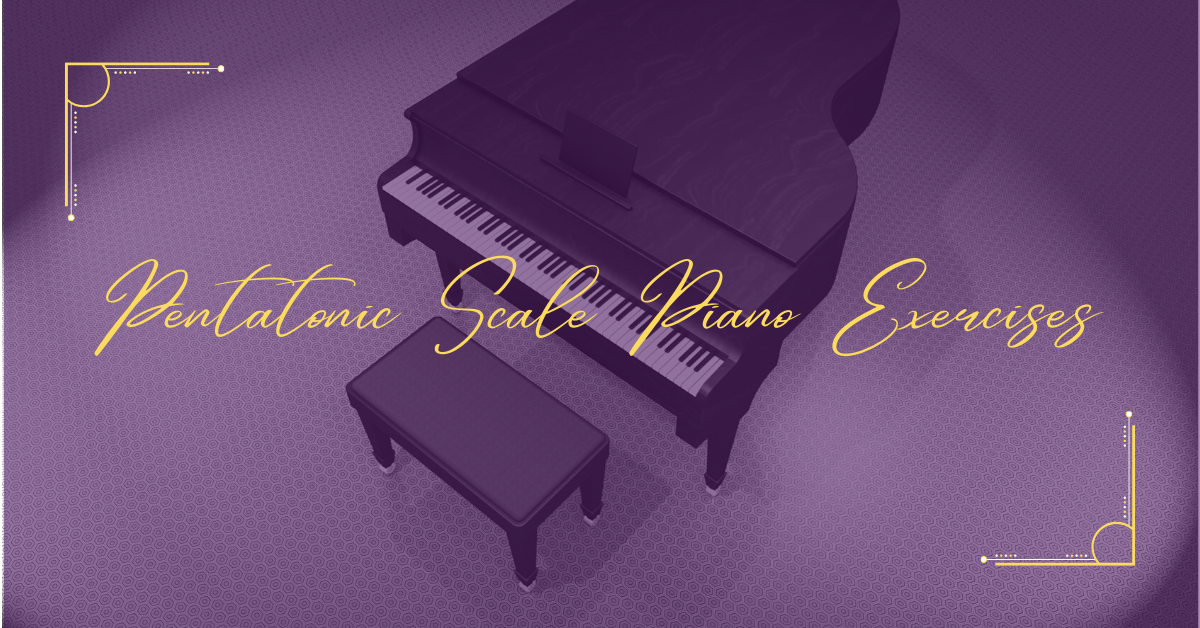Pentatonic Scale Piano Exercises

A student wrote in asking about pentatonic scale piano exercises while using quartal voicings at the piano. Here's a list of lesson suggestions...
The first lesson to start with is our Live-to-Library Advanced Pentatonics lesson because this lesson shows you how to apply quartal voicings, along with pentatonic scale piano licks to a blues progression. This is an advanced lesson, but even students with a year or two of piano training can get a lot of useful information from this lesson to make their playing sound more advanced.
1) Advanced Pentatonics and Quartals (Live to Library)
2) Advanced Pentatonics Vol. 2 (Scale Freedom) (Live to Library)
3) Quartals & Pentatonic Improvisation
4) Advanced Pentatonics
Lessons #1 and #2 are designed to work together and they will give you a good overview of how to actually use quartals in your playing.
Next, the Quartals and Pentatonic Improvisation lesson will give you a song to apply these quartals. This lesson will give you a handy quartal chart to use along with some good licks.
Finally the Advanced Pentatonics lesson is more about soloing and exercises. You COULD start this lesson first and play just ONE example (A through G) at some point during your practice routine. In other words, you don't need to play all examples in a row, or even in the same practice session.
Try picking out any of the exercises (A through G) from Advanced Pentatonics and just sprinkle them into your practice session. I would suggest starting with example A, put the metronome between 70-80 BPM and play the example 5-10 times. If you have time, try adding example B next then move between A and B (all while playing with the metronome on)